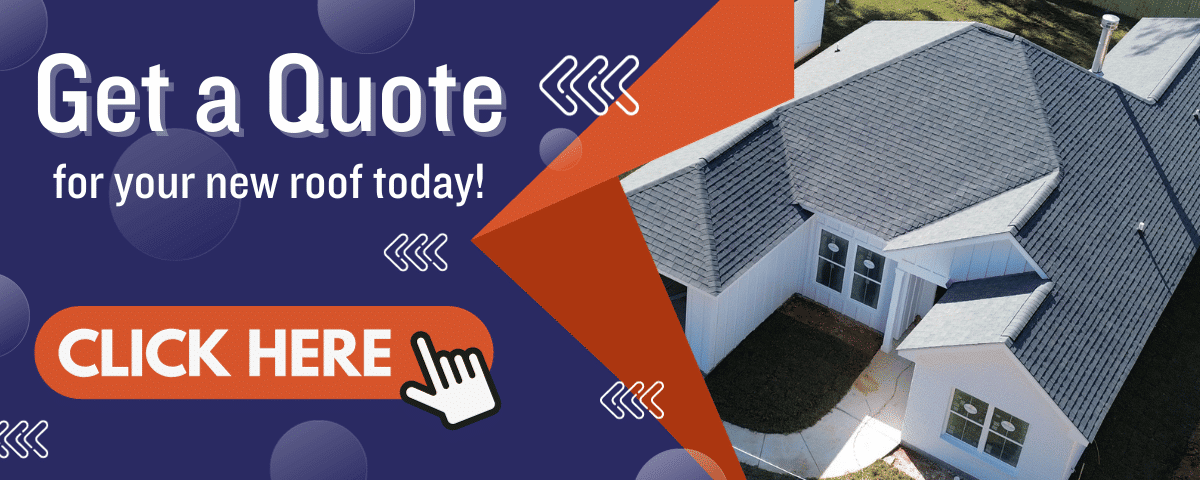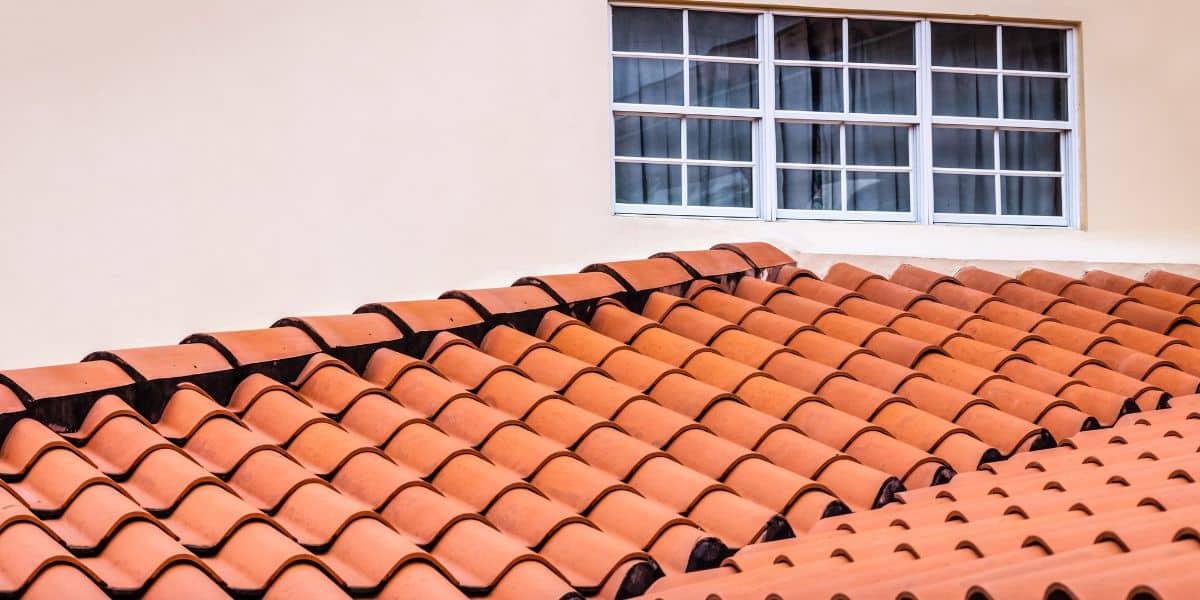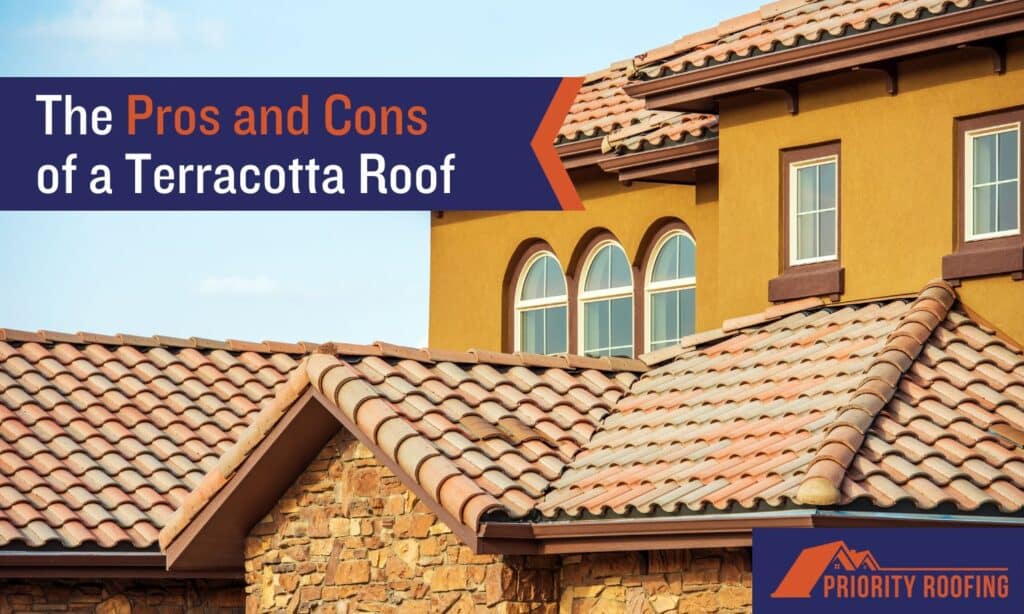When it comes to roofing materials, homeowners have a plethora of options to choose from, each with its own set of advantages and disadvantages. One such roofing material that has stood the test of time is terracotta.
Terracotta roofs have been used for centuries, and they continue to be a popular choice for many homeowners. In this article, we’ll explore the pros and cons of a terracotta roof to help you make an informed decision if you’re considering this classic roofing material for your home.
What are terracotta roof tiles?
Terracotta roof tiles are a type of roofing material made from fired clay. The term “terracotta” comes from the Italian words “terra cotta,” which mean “baked earth,” and it accurately describes the material used in these tiles.
How are terracotta tiles made?
Terracotta tiles are made by extrusion molding and pressing. To avoid cracking, the tiles must be adequately dried before firing. Covering the tiles in a special glaze before firing increases their durability. The glaze also provides a protective, long-lasting finish with an attractive shine. The clay tiles are baked in high-temperature ovens after they have dried completely.
Clay tile roofing styles and shapes
In general, roof tiles are available in two different shapes: round pan tiles and flat tiles. Pan tiles come in barrel (or Mission) style and Spanish style. Flat tiles are two flat pieces that overlap a single curved piece. They come in slab, French, shingle or book styles. Pan and flat tiles can either overlap or interlock, depending on the design.

Pros of a terracotta roof
Aesthetic appeal
Terracotta roofs have a timeless and elegant look that can enhance the overall curb appeal of your home. The warm, earthy tones and rustic charm of terracotta tiles make them a popular choice for homeowners seeking a distinctive and aesthetically pleasing roof.
Durability
Terracotta is a durable material that can withstand harsh weather conditions, including heavy rain, wind, and extreme temperatures. Terracotta tiles are known for their longevity, often lasting for several decades with proper maintenance. This means that when most roofs need to be replaced, yours does not.
Low maintenance
Terracotta roofs are relatively low maintenance compared to some other roofing materials. They do not require regular painting or sealing and are resistant to rot and insect damage.
Energy efficiency
Terracotta tiles have natural insulating properties, helping to regulate the temperature inside your home. This can contribute to energy savings by reducing the need for heating and cooling.
Environmentally friendly
Terracotta is an environmentally friendly roofing material as it is made from natural clay, which is abundant and sustainable. Additionally, terracotta tiles can be recycled at the end of their lifespan.

Cons of a terracotta roof
Cost
Terracotta roofing materials tend to be more expensive upfront compared to some other residential roofing options, such as asphalt shingles. The cost includes not only the tiles but also installation, which can be labor-intensive.
Weight
Terracotta tiles are heavy, and not all roofing structures are suitable for supporting the weight of a terracotta roof. Additional reinforcement may be needed, which can add to the overall cost.
Fragility
While terracotta is durable, it is also relatively fragile compared to materials like metal or concrete. It can be susceptible to cracking or chipping if subjected to heavy impacts, such as falling branches.
Color fading
Over time, terracotta tiles may experience color fading due to exposure to sunlight and the elements. Regular maintenance, such as sealing and occasional cleaning, can help preserve their appearance.
Installation complexity
Installing terracotta tiles can be more complex and time-consuming than some other roofing materials. It’s important to choose an experienced roofing company to ensure proper installation and avoid leaks.
Conclusion
A terracotta roof offers a range of benefits, including aesthetic appeal, durability, and energy efficiency. However, they also come with drawbacks such as higher upfront costs, weight considerations, and the potential for color fading.
Before choosing a terracotta roof for your home, carefully consider your budget, structural requirements, and aesthetic preferences. If properly installed and maintained, a terracotta roof can provide a beautiful and long-lasting addition to your home.

